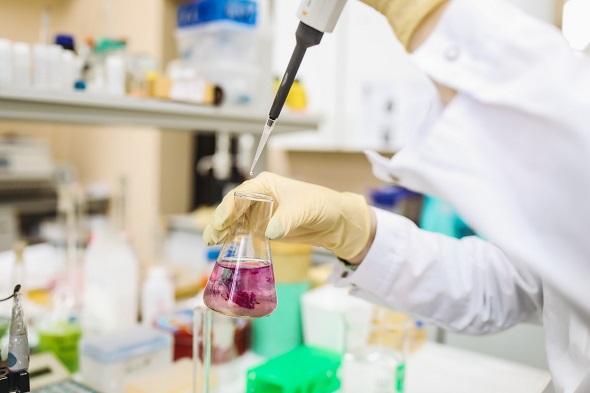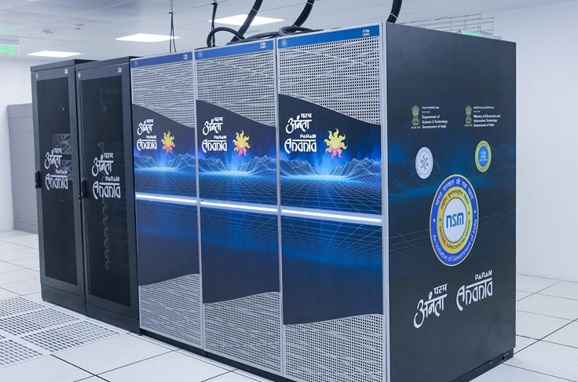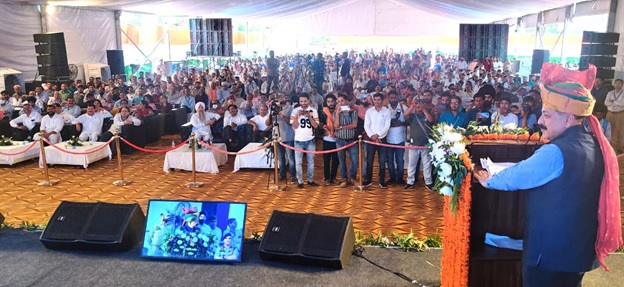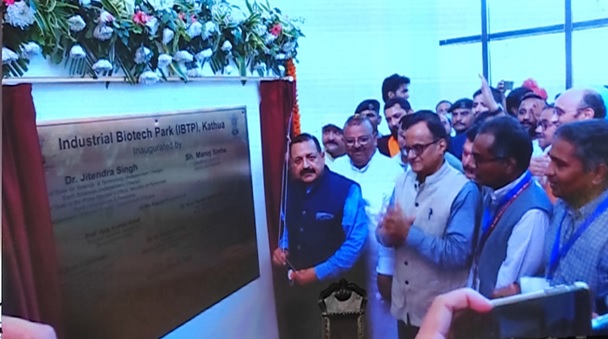
(a representative pic of a laboratory. credit: /www.pexels.com)
A new study by a team of researchers from several Indian institutions has unraveled the biochemical relationship between fatty liver disease and Type 2 Diabetes Mellitus (T2DM). This understanding is expected to help develop newer tools for diagnosing and treating fatty liver-induced diabetes.
The study assumes importance as the prevalence of Non-Alcoholic Fatty Liver Disease (NAFLD) and Type 2 diabetes has been increasing rapidly in India. Recent surveys show that 40% of Indian adults suffer from NAFLD and nearly 50 million Indian adults have both NAFLD and type 2 diabetes.
The study team consisted of researchers from the Indian Institute of Technology (IIT) - Mandi, CSIR-Indian Institute of Chemical Biology, Kolkata, and the Institute of Post Graduate Medical Education & Research (S.S.K.M. Hospital), Kolkata. They have published a report on their findings in the scientific journal Diabetes.
A new study by a team of researchers from several Indian institutions has unraveled the biochemical relationship between fatty liver disease and Type 2 Diabetes Mellitus (T2DM). This understanding is expected to help develop newer tools for diagnosing and treating fatty liver-induced diabetes.

Explaining the significance of their work, the researchers noted that NAFLD affecting the function of insulin-releasing pancreatic β-cell was a known fact. But, the mechanism was not fully understood. The new study has filled the gap.
The researchers analyzed blood samples from fat-fed mice and human NAFLD patients. Both sets of serum samples were found to have high amounts of a calcium-binding protein termed S100A6, and further studies showed that it was inhibiting insulin secretion. More studies showed that depletion of the protein improves insulin secretion and blood glucose regulation in mice.
The researchers said that the study was critical on many counts. From a diagnostic angle, it shows that elevated levels of S100A6 protein in the blood may serve as a biomarker to identify risks of T2DM among NAFLD patients. At a therapeutic level, it showed that removing it from blood can help restore insulin secretion.
The team consisted of Dr. Prosenjit Mondal, Associate Professor, School of Biosciences and Bioengineering, IIT Mandi, with his scholars Ms. Surbhi Dogra, Ms. Priya Rawat, Dr. P Vineeth Daniel; Dr. Partha Chakrabarti from CSIR-Indian Institute of Chemical Biology, Kolkata, and his colleagues Dr. Debajyoti Das, Mr. Sujay K. Maity, and Mr. Avishek Paul; and Dr. Kausik Das, and Dr. Souveek Mitra from IPGMER and SSKM Hospital, Kolkata.
India Science Wire
ISW/SP/IIT-MANDI/DIABETES/06/09/2022





